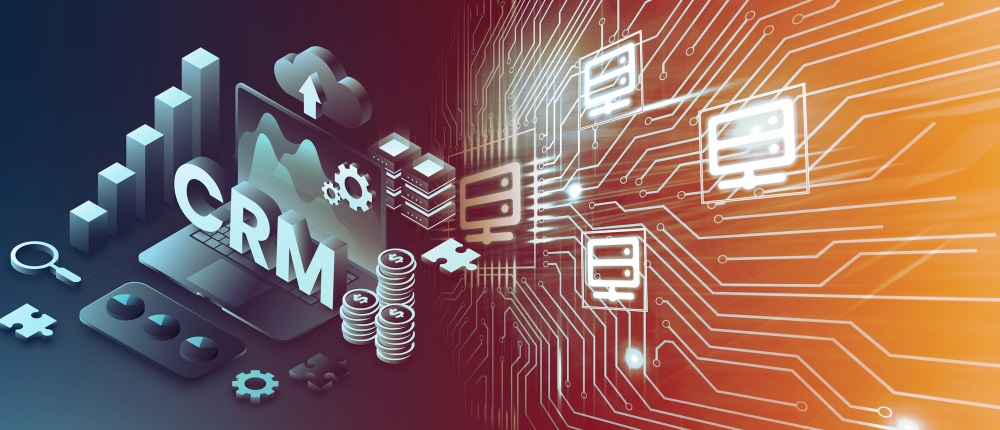"Innovation distinguishes between a leader and a follower. At Salty Media Production, we believe in pushing the boundaries of what's possible with AI and creative technology."
The SLM vs. LLM Debate in 2025
AI automation agencies now face a key decision: Should they rely on large language models (LLMs) or shift to small language models (SLMs)?
BharatGen, an India-based initiative, is betting on smaller, fine-tuned models to deliver AI outcomes tailored to Indian needs. This trend highlights an important shift — efficiency and localization may be more valuable than sheer scale.
What Are LLMs?
Large language models like GPT-4 or Claude operate on billions of parameters. They excel at:
- Handling complex reasoning tasks
- Multimodal inputs (text, image, video)
- Broad generalization across domains
But they require heavy compute, high costs, and often raise concerns about data privacy.
What Are SLMs?
Small language models are compact, task-specific models trained on narrower datasets. They excel at:
- Running on local servers or edge devices
- Faster inference with lower latency
- Lower compute and energy requirements
- Easier fine-tuning for local languages and domains
For India, where diverse languages and infrastructure constraints exist, SLMs offer practical advantages.
When Agencies Should Use LLMs
- Complex enterprise workflows: cross-department tasks requiring reasoning
- Multilingual, global deployments: scaling across multiple regions
- Creative and open-ended content generation: marketing, copywriting, ideation
- Research and advanced analytics: extracting insights from large datasets
When Agencies Should Use SLMs
- Industry-specific automations: BFSI KYC, healthcare records, legal contracts
- Local language support: Hindi, Marathi, Kannada, Tamil, etc.
- On-prem deployments: firms with strict compliance or data residency rules
- Cost-sensitive projects: SMEs and startups looking for affordable automation
- Real-time apps: chatbots, IVR systems, IoT edge devices
Hybrid Approach: The Best of Both Worlds
Forward-looking agencies adopt a hybrid model:
- Use LLMs for general tasks and creativity
- Deploy SLMs for specialized, high-volume, low-latency tasks
- Integrate pipelines where LLMs guide, while SLMs execute repetitive, structured processes
This approach balances scalability, performance, and cost while ensuring localized accuracy.
Implications for Indian Agencies
With BharatGen and other initiatives pushing SLM development, agencies in India have a chance to build proprietary small models for clients. This creates IP ownership, reduces dependency on global providers, and ensures compliance with India’s data frameworks.
Agencies that master SLM fine-tuning + LLM integration will dominate automation projects across BFSI, healthcare, retail, and public sector domains.
References
- Economic Times – BharatGen bets on small models to hit big AI goals: https://m.economictimes.com/tech/artificial-intelligence/bharatgen-bets-on-small-models-to-hit-big-ai-goals/articleshow/124094434.cms
- EY – Generative AI: Shaping India 2025 Report: https://www.ey.com/en_in/insights/ai/generative-ai-india-2025-report/gen-ai-2025-trends-india
- Intelegain – Agentic AI project ideas and automation trends: https://www.intelegain.com/top-20-agentic-ai-project-ideas-in-2025
Ready to start your next project? Get in touch with us today and let’s discuss how we can bring your vision to life.



